PlaySportsTV Lacrosse
Matt Danowski on Developing Lacrosse Stick Skills
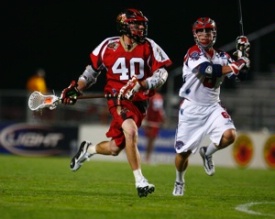
Matt Danowski
MLL All-Star’s style is built on strong fundamentals
By Craig Haley
PlaySportsTV Managing Editor
If Matt Danowski could, he would carry his lacrosse stick with him 24/7. To work. To restaurants. To the beach. To his parents’ house (hey, they’re used to it).
What makes the Major League Lacrosse All-Star attackman so skilled with his lacrosse stick is that he’s worked hard to get comfortable with it, from holding it and maneveuring with it to even customizing it with markings or tape.
The winner of the 2007 Tewaaraton Trophy that is given to the nation’s most outstanding collegiate lacrosse player is known for having a quick release, which was key to his goal-scoring talents at Duke University and now with the Long Island Lizards. He totaled 353 points at Duke – the all-time record in NCAA Division I – and followed up in 2008 with 36 points in only 10 games in his MLL rookie season with the New Jersey Pride.
Much of Danowski’s success is the result of his strong fundamentals, which he first learned on the youth level. He advises youth players to practice lacrosse stick skills continually, either individually or with friends and teammates, and while using both left and right hands. This versatility is especially key to developing a good, hard shot.
“It’s about moving your hands and having your stick in your hands at all times and getting really comfortable with it,” Danowski says.
“The way to work on releases is working on the wall, playing wall ball. You put it in your left hand and you work on flicking your stick and nobody will get it back against the wall. Finding one brick or one spot on the wall that you aim for every time and working out with both hands. That’s about developing quick hands.”
A youth player with strong lacrosse stick skills will make a difference all around the field. Among the benefits:
- catching and passing the ball;
- cradling and protecting the ball;
- fakes;
- shooting;
- checks;
- winning groundballs;
“I think any time you practice, you should go full speed,” Danowski says. “The biggest thing when you’re practicing by yourself or with a couple friends, you want to make it as game-like as possible. Whether you’re standing in front of the cage and shoot as hard as you can, make it game-like, and practice what you do during games. I think always going full speed is a good thing, but not as much as good mechanics and good form. Get your mechanics down, get your form down, then you can go full speed and try to make it as realistic as possible.”
Popular Videos in Major League Lacrosse
-
Girls' Lacrosse Drills & Tips Video Library Over 70 Videos!
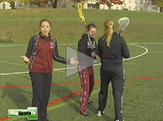
-
Boys' Lacrosse Drills & Tips Video Library Over 100 Videos!
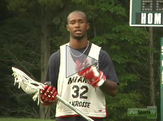
-
Coaching Youth Lacrosse:
Beginner & Intermediate Over 50 Videos!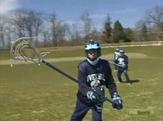
-
Wall Ball Essentials Over 20 Videos!
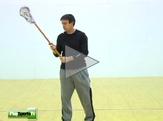
-
Boys' Lacrosse Practice Plans: Ages 7-10



